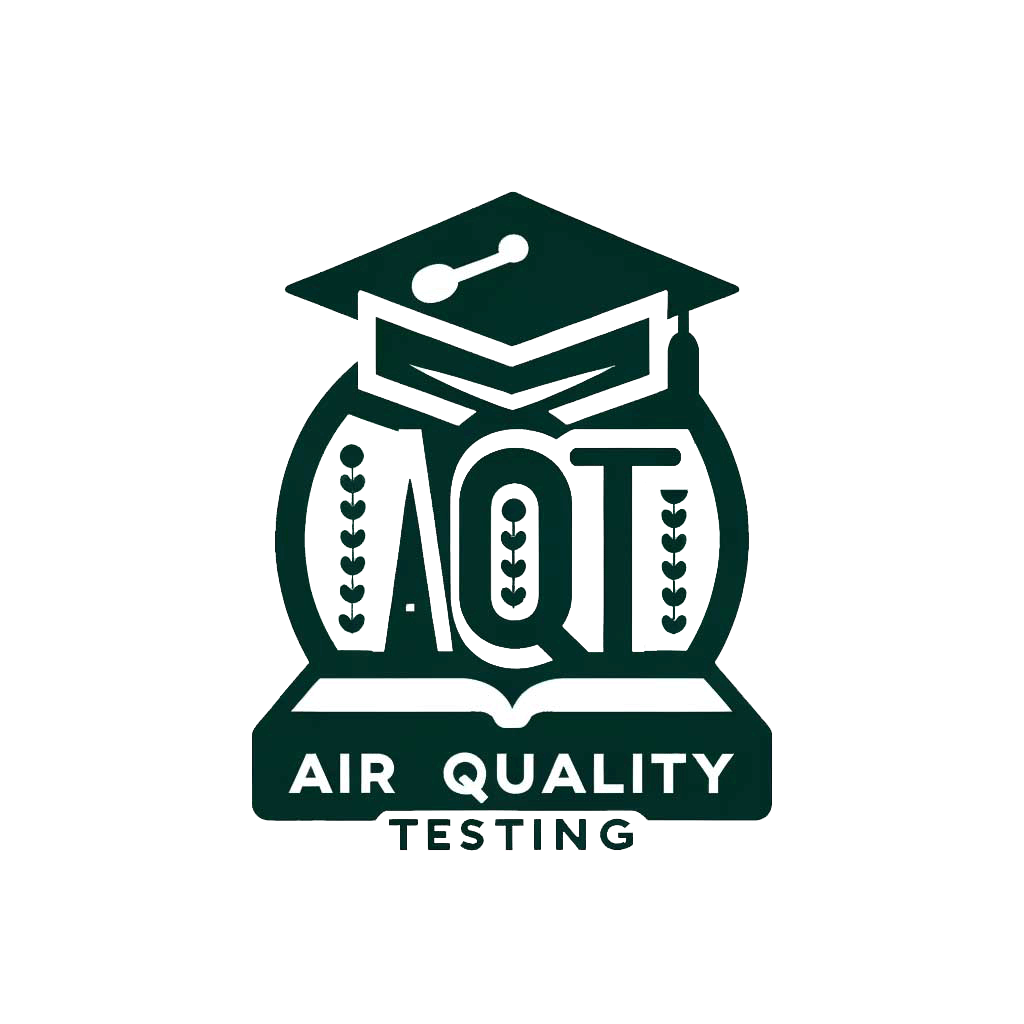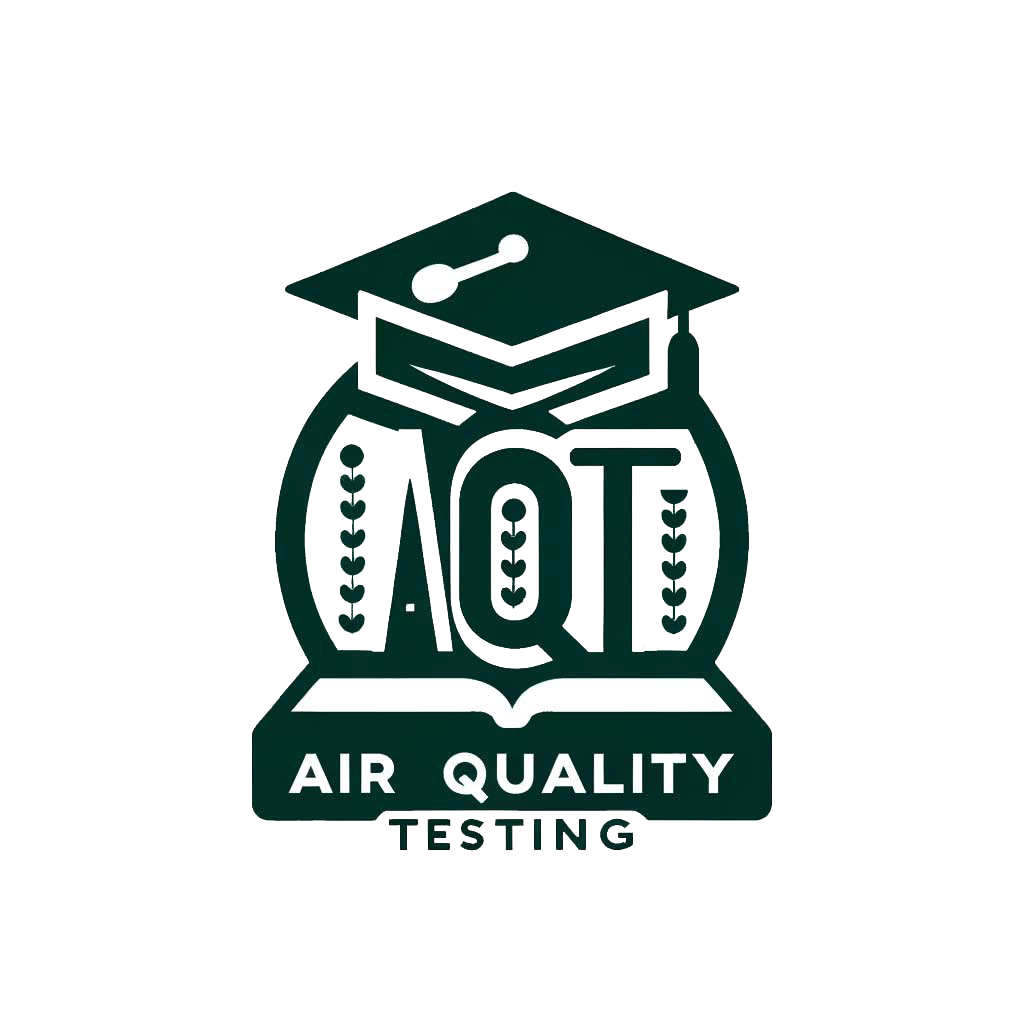
Indoor Air Pollutants
Microscopic Invaders – Understanding Particulate Matter (PM)
One of the primary concerns for indoor air quality is the presence of particulate matter (PM), microscopic particles that can penetrate deep into the respiratory system and even enter the bloodstream. These particles come in various sizes, which are typically measured in micrometers (µm), and the health concerns associated with them can vary significantly based on their size and composition. This section delves into the types of particulate matter found indoors, with a focus on PM2.5 and PM10, their sources, and the potential health concerns they pose.
PM2.5
- Definition: PM2.5 refers to particulate matter that is 2.5 micrometers in diameter or smaller. These fine particles can be made up of a variety of components, including acids (such as nitrates and sulfates), organic chemicals, metals, and soil or dust particles.
- Sources: Indoor sources of PM2.5 include combustion processes, such as cooking, candle burning, smoking, and operating fireplaces or wood stoves. It can also enter homes from outdoor sources, such as vehicle emissions, industrial activities, and wildfires, through open windows, doors, and ventilation systems.
- Health Concerns: PM2.5 can penetrate deep into the lungs and even enter the bloodstream, leading to a wide range of health problems. These include aggravated asthma, respiratory infections, lung cancer, and cardiovascular issues. Long-term exposure to high levels of PM2.5 is associated with increased rates of chronic bronchitis, reduced lung function, and premature death.
PM10
- Definition: PM10 refers to particulate matter that is 10 micrometers in diameter or smaller. This category includes both fine particles (like PM2.5) and larger particles that can be inhaled into the nose and throat.
- Sources: Common indoor sources of PM10 are similar to those of PM2.5 but also include activities that stir up dust, such as vacuuming, walking on carpets, and disturbing other surfaces. Outdoor sources like construction sites and unpaved roads can also contribute to indoor PM10 levels.
- Health Concerns: While PM10 particles are less likely to penetrate as deeply into the lungs as PM2.5, they can still cause health issues, especially respiratory problems. Exposure to PM10 can aggravate conditions such as asthma and bronchitis and may contribute to heart attacks in individuals with pre-existing heart conditions.
Understanding the impact of particulate matter on indoor air quality is crucial for taking steps to mitigate exposure. Strategies to reduce indoor levels of PM include improving ventilation, using air purifiers with HEPA filters, maintaining clean living environments, and minimizing activities that generate particulate matter indoors.
Harmful Guests – Common Gaseous Pollutants
Indoor air quality can be significantly affected by various gaseous pollutants, which, unlike particulate matter, are not visible but can have profound effects on health. Among these, ozone, carbon monoxide, and volatile organic compounds (VOCs) are particularly noteworthy due to their common presence in indoor environments and their potential impacts. Understanding the sources and effects of these gases is essential for maintaining healthy indoor air.
Ozone (O3)
- Sources: Ozone is a gas composed of three oxygen atoms, known primarily as an outdoor air pollutant that forms in the atmosphere through reactions between sunlight and pollutants from vehicle emissions and industrial processes. However, it can enter homes through open windows and doors. Additionally, some indoor devices, like certain air purifiers, can produce ozone.
- Health Impacts: Exposure to ozone can irritate the airways, leading to coughing, throat soreness, chest pain, and shortness of breath. It can exacerbate respiratory diseases such as asthma and can reduce lung function.
Carbon Monoxide (CO)
- Sources: Carbon monoxide is a colorless, odorless gas produced by incomplete combustion of carbon-containing materials. Indoor sources include gas stoves, heating systems, tobacco smoke, and improperly vented fireplaces or engines.
- Health Impacts: Carbon monoxide binds to hemoglobin in the blood, reducing its ability to carry oxygen. Low exposures can cause fatigue, headache, and dizziness, while higher levels can lead to impaired vision, reduced brain function, and even death. Vulnerable groups, such as the elderly, children, and those with cardiovascular or respiratory conditions, are at higher risk.
Volatile Organic Compounds (VOCs)
- Sources: VOCs are a large group of chemicals that can easily evaporate at room temperature. Indoor sources include paints, varnishes, cleaning supplies, air fresheners, upholstered furniture, carpeting, and office equipment like printers and copiers.
- Health Impacts: The health effects of VOCs can range from eye, nose, and throat irritation to more severe impacts like headaches, nausea, and damage to the liver, kidney, and central nervous system. Some VOCs, such as benzene and formaldehyde, are known carcinogens.
Mitigation Strategies
To mitigate the risks posed by these gaseous pollutants, it’s important to:
- Improve indoor ventilation to dilute and remove pollutants from indoor air.
- Regularly maintain heating and cooking appliances to minimize CO and VOC emissions.
- Choose low-VOC products for painting, decorating, and cleaning.
- Avoid or minimize the use of ozone-generating air purifiers.
- Install carbon monoxide detectors in homes to alert occupants to dangerous CO levels.
Understanding and controlling the sources of these harmful gaseous pollutants are critical steps in protecting indoor air quality and ensuring the health and well-being of occupants.
Hidden Threats – Beyond the Obvious Pollutants
While common gaseous pollutants and particulate matter are well-recognized threats to indoor air quality, there are numerous hidden sources of pollution that can significantly impact the healthfulness of indoor environments. These sources range from building materials and cleaning products to activities related to hobbies. Identifying and managing these hidden threats is crucial for maintaining healthy indoor air.
Building Materials
- Sources: Many building materials release pollutants long after they have been installed. These can include formaldehyde from pressed wood products, asbestos from older insulation materials, and lead particles from old paint.
- Health Impacts: Exposure to these substances can lead to serious health issues. For example, formaldehyde can cause respiratory irritation and is a known carcinogen, asbestos can lead to lung diseases including cancer, and lead exposure can severely affect mental and physical development in children and cause adult neurological issues.
Cleaning Products
- Sources: A wide range of cleaning agents contain volatile organic compounds (VOCs) and other chemicals that can evaporate into the air and degrade indoor air quality. This category also includes air fresheners, laundry detergents, and fabric softeners.
- Health Impacts: The chemicals in many cleaning products can cause eye, nose, and throat irritation, headaches, and other health problems. Some compounds found in these products can have long-term health effects, including affecting the liver, kidney, or central nervous system.
Hobbies
- Sources: Activities such as painting, woodworking, crafting, and model building can introduce a variety of pollutants into the home environment. These can include VOCs from paints and solvents, dust from sanding, and fibers from textiles.
- Health Impacts: Depending on the substances used, hobby-related activities can increase the risk of respiratory problems, headaches, dizziness, and allergic reactions. Prolonged exposure to certain chemicals can also lead to more serious health issues over time.
Mitigation Strategies
To address these hidden threats, consider the following approaches:
- Select Low-Emitting Products: Opt for building materials, furnishings, and cleaning products that have lower emissions of VOCs and other pollutants. Look for products labeled “low-VOC” or “no-VOC” and those certified by reputable environmental standards.
- Ventilation: Increase ventilation when using products that emit pollutants or when engaging in hobbies that generate fumes or dust. This can involve using fans, opening windows, or using outdoor spaces for projects.
- Proper Storage: Store chemicals, solvents, and hobby supplies in well-ventilated areas or outside of the living space to minimize indoor exposure.
- Regular Maintenance: Keep your living environment clean and well-maintained. Use a vacuum with a HEPA filter to reduce dust and particles, and promptly repair any water leaks to prevent mold growth.
Identifying and managing the hidden threats to indoor air quality is an ongoing process that requires vigilance and informed choices. By taking proactive steps to minimize exposure to these lesser-known sources of indoor air pollution, individuals can significantly improve the air quality in their homes, protecting their health and the well-being of their families.
frequently asked questions
How does the number of occupants in a home or building impact indoor air quality and duct cleaning frequency?
The number of occupants significantly affects indoor air quality, with more people leading to faster dust and allergen accumulation. Duct cleaning frequency should be adjusted accordingly.
How does family living, especially with children and pets, affect the need for more frequent duct cleaning?
Families with more occupants, children, and pets might need to consider duct cleaning every 2-3 years to maintain healthy indoor air quality.
In multi-family buildings like condominiums, what factors influence the frequency of duct cleaning?
Centralized HVAC systems in multi-family buildings can accumulate pollutants faster. Building management should consider annual inspections and more frequent cleaning to ensure optimal air quality.
What frequency of duct cleaning is advisable for homes with shared housing arrangements, such as renters or extended family?
Homes with shared living situations might benefit from annual or bi-annual duct cleaning to manage increased activity and maintain a healthier environment.
Why do office buildings with a higher number of employees often require more frequent duct cleaning?
Increased occupancy in office buildings leads to greater air quality challenges due to activity and equipment use. They generally require more frequent cleanings.
What is the recommended duct cleaning frequency for high-traffic commercial spaces like retail stores or restaurants?
High-traffic commercial spaces often need quarterly or bi-annual duct cleaning to ensure a healthy environment and comply with health standards.
Why might schools and educational institutions consider yearly or seasonal duct cleaning?
Schools, with their high occupancy of children susceptible to respiratory issues, may benefit from yearly or seasonal duct cleaning to maintain a healthy learning environment.
How does the seasonal nature of rentals impact duct cleaning frequency?
Properties rented out seasonally may require duct cleaning after a high-traffic rental season to ensure good air quality for the next group of renters.
Why is it crucial to consult with professional duct cleaning services when determining cleaning frequency based on occupancy levels?
Professional services can assess specific conditions and provide expert guidance on the most appropriate cleaning schedule tailored to your situation.





